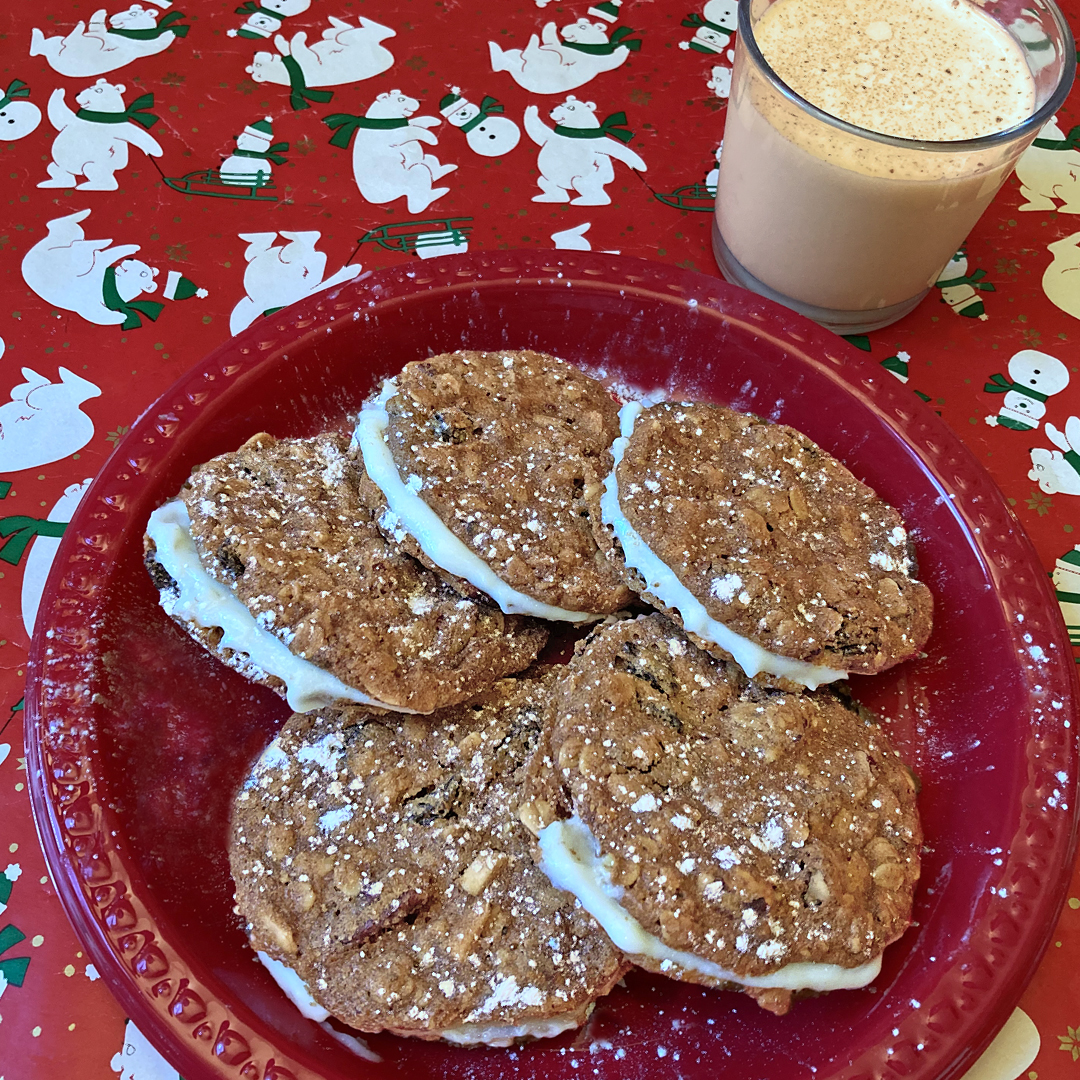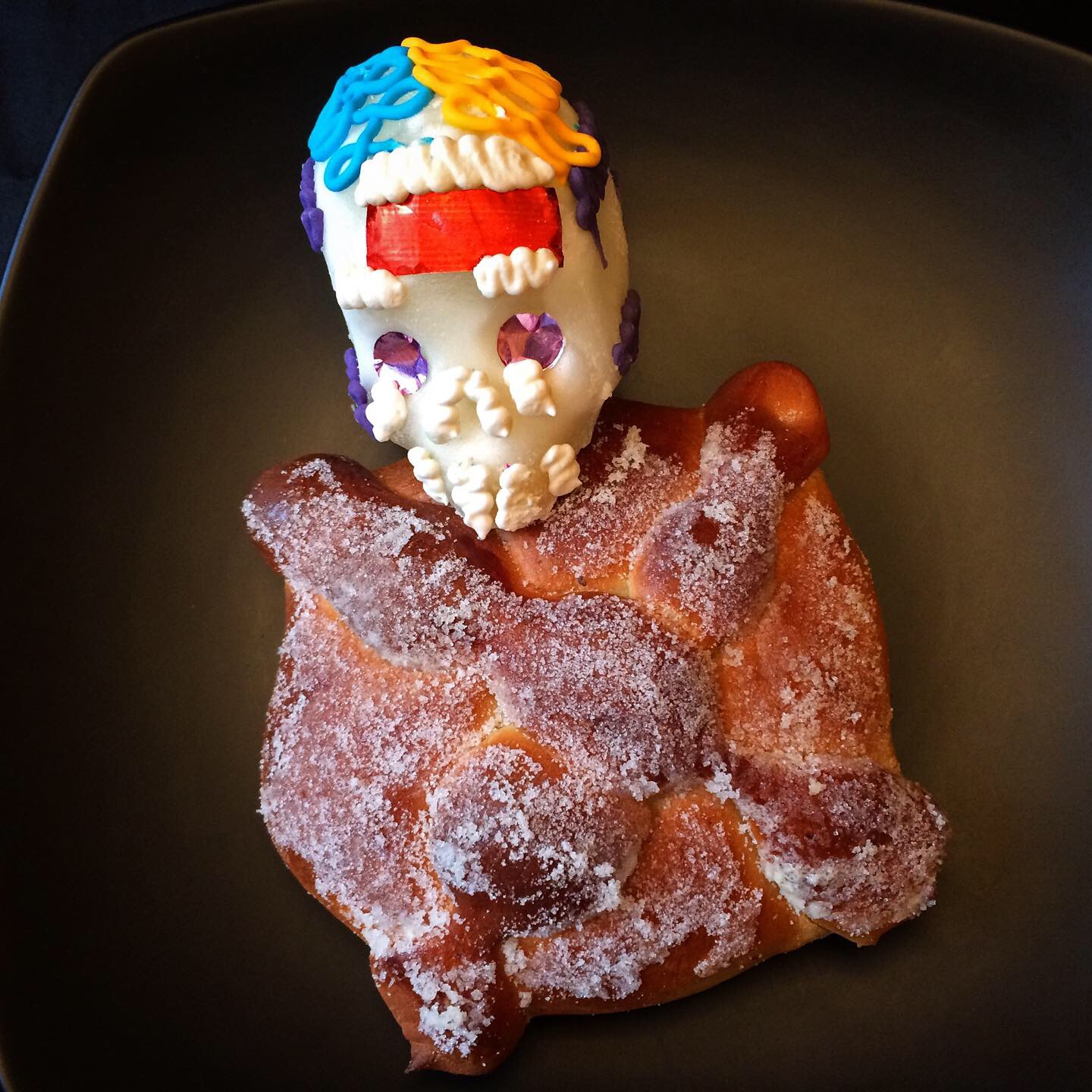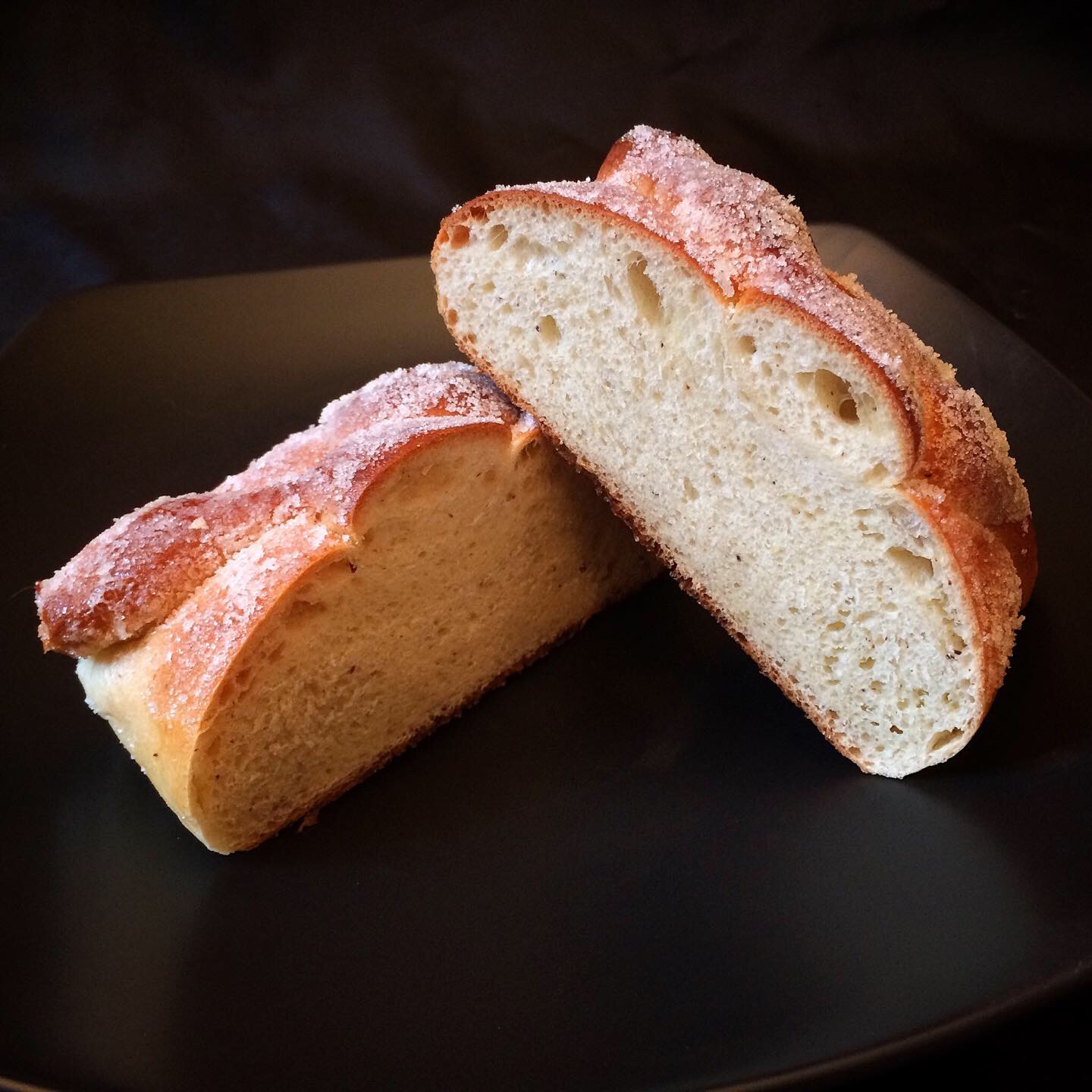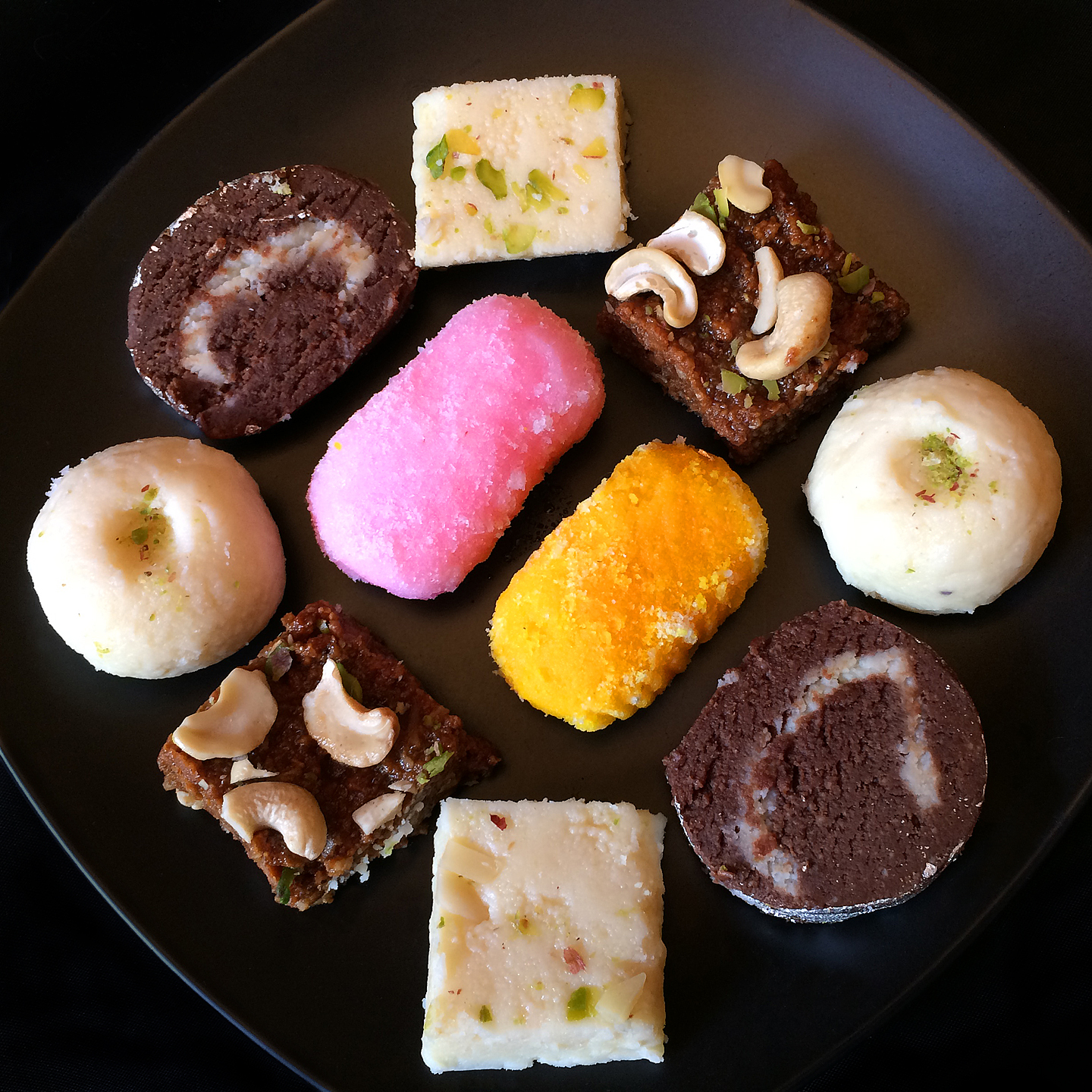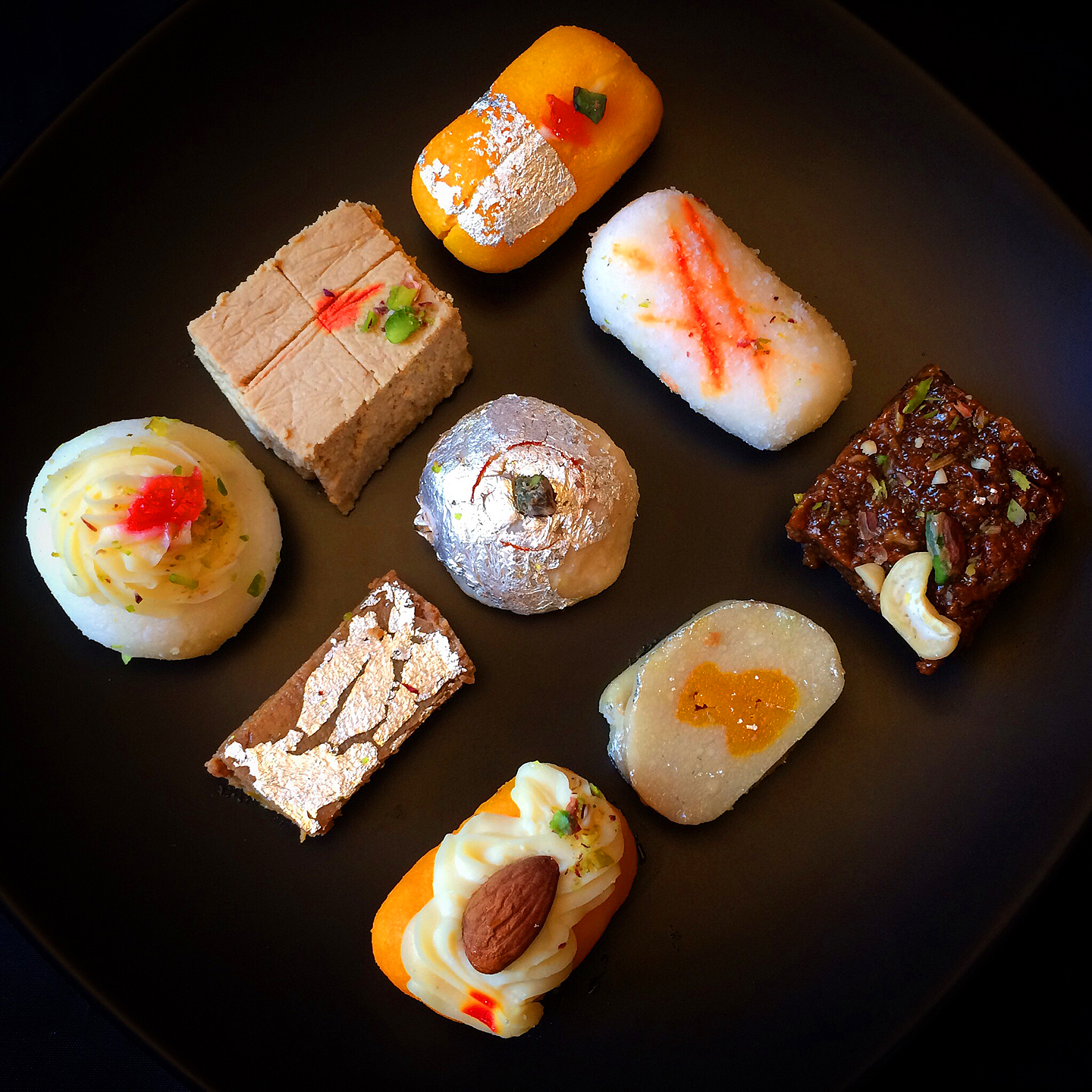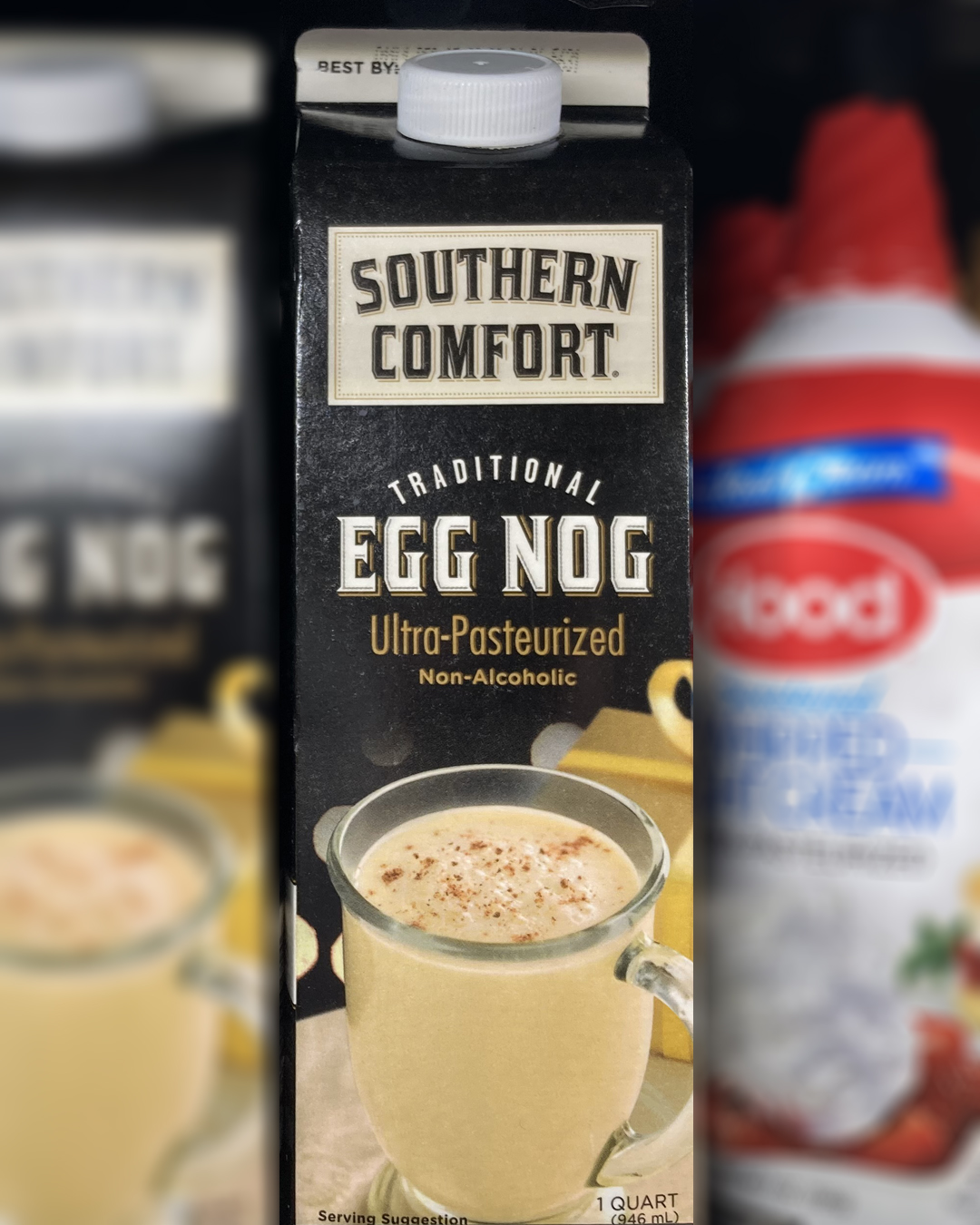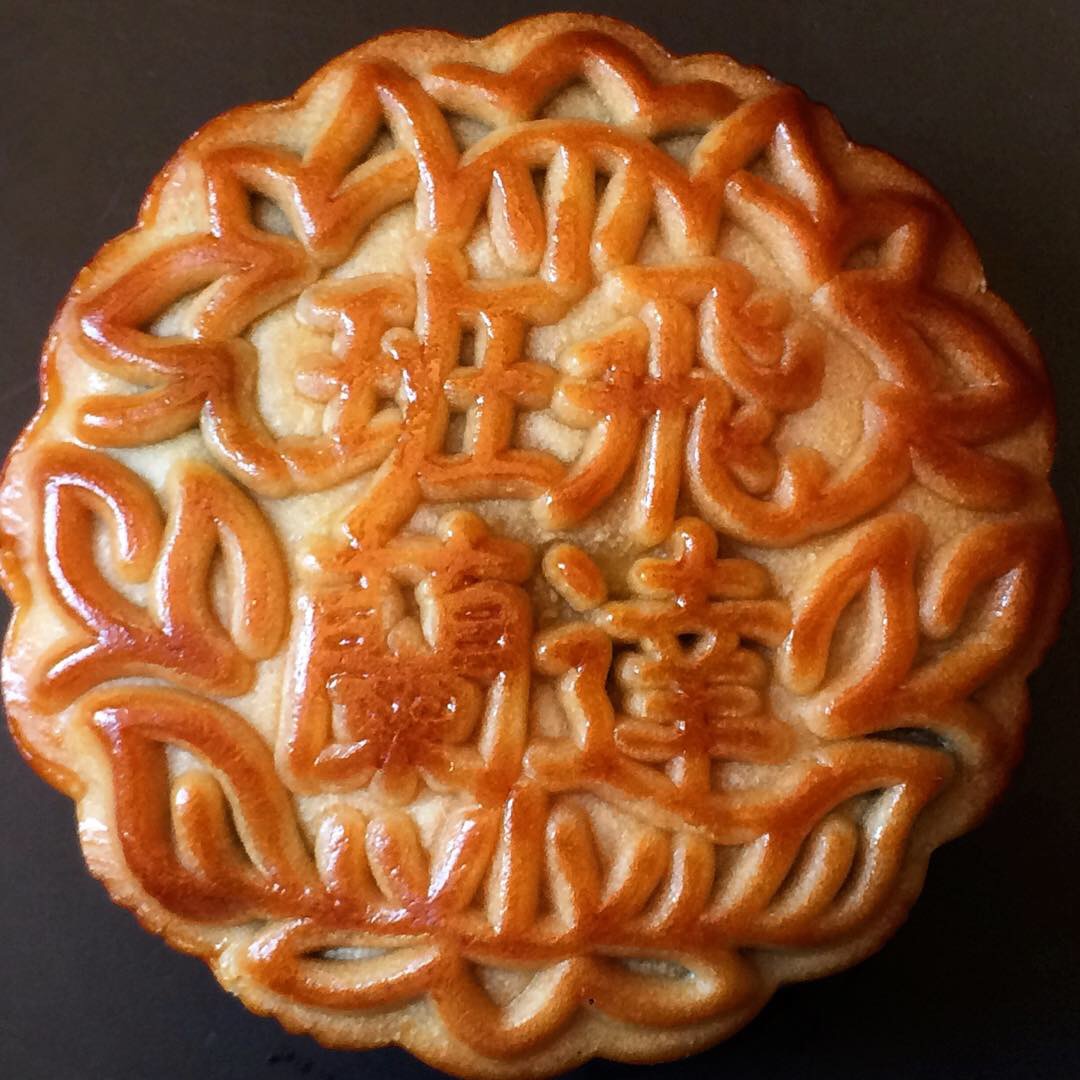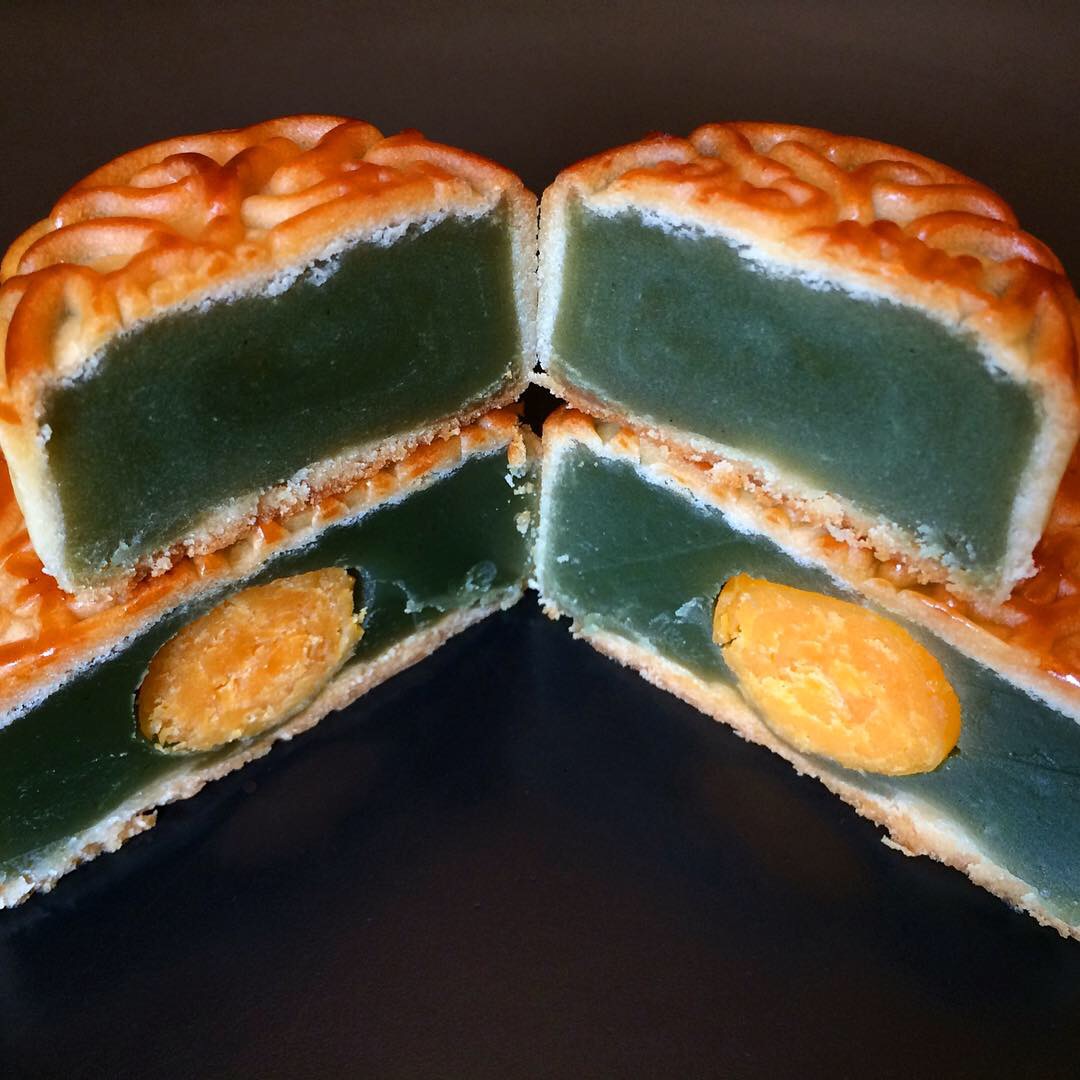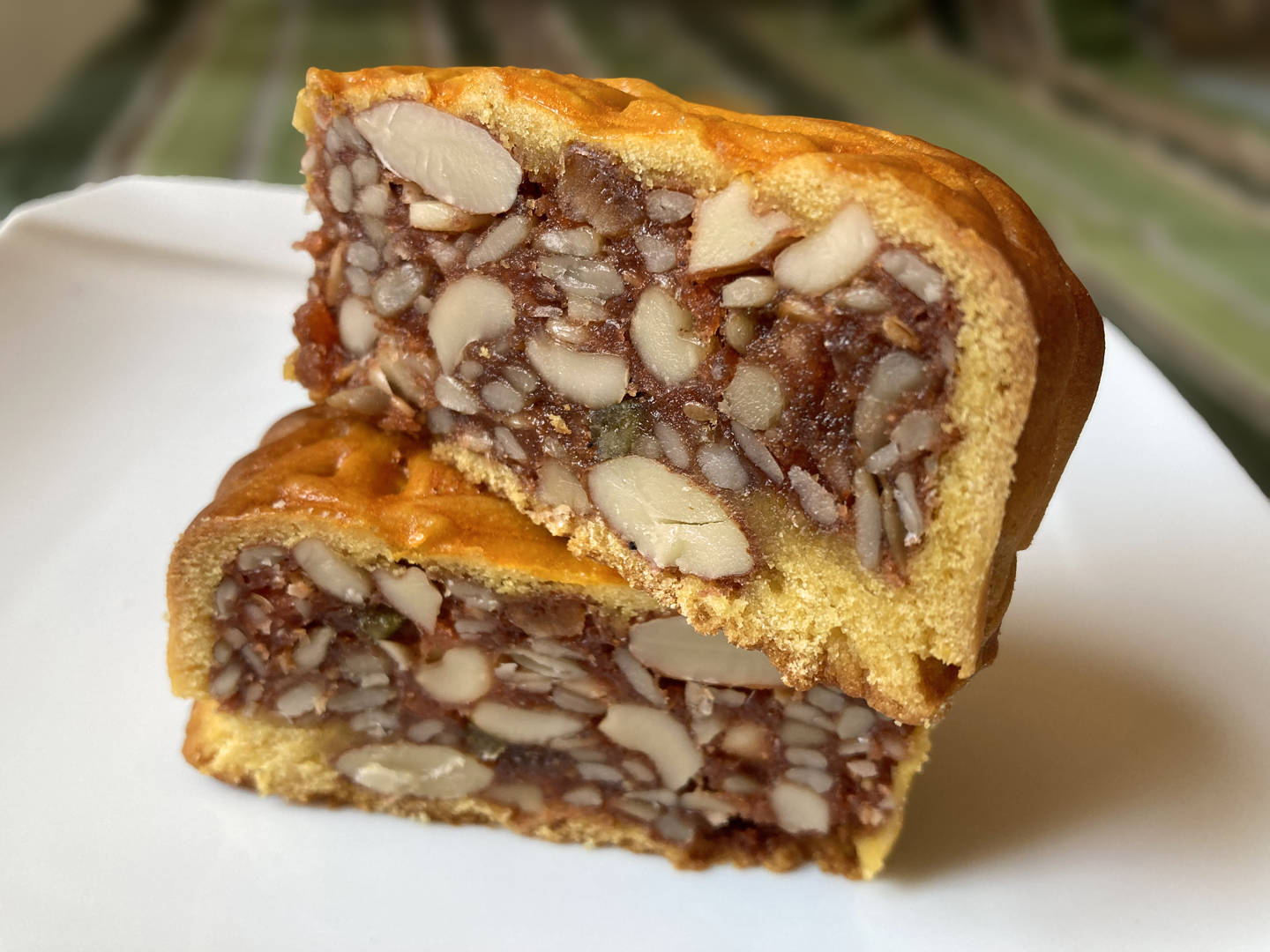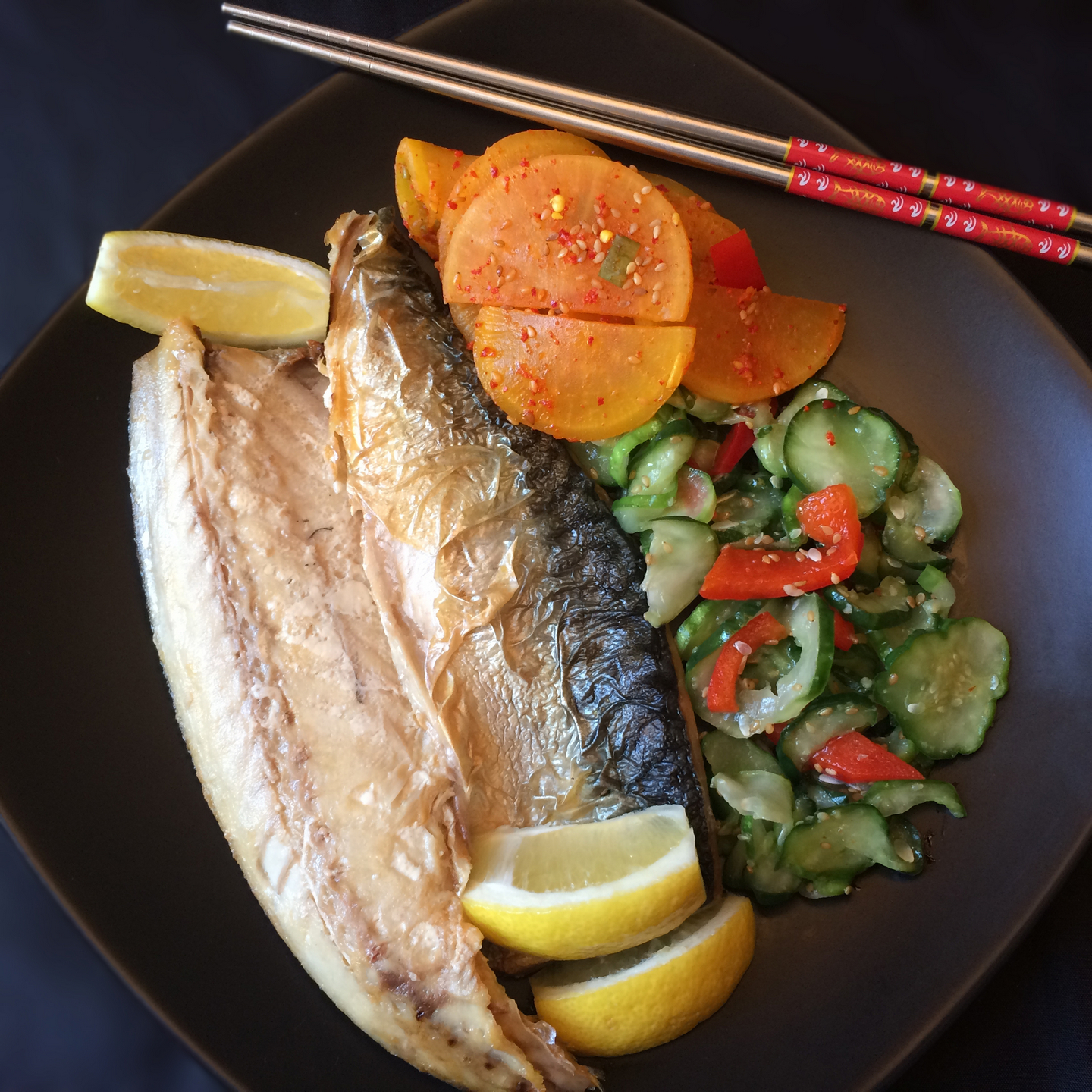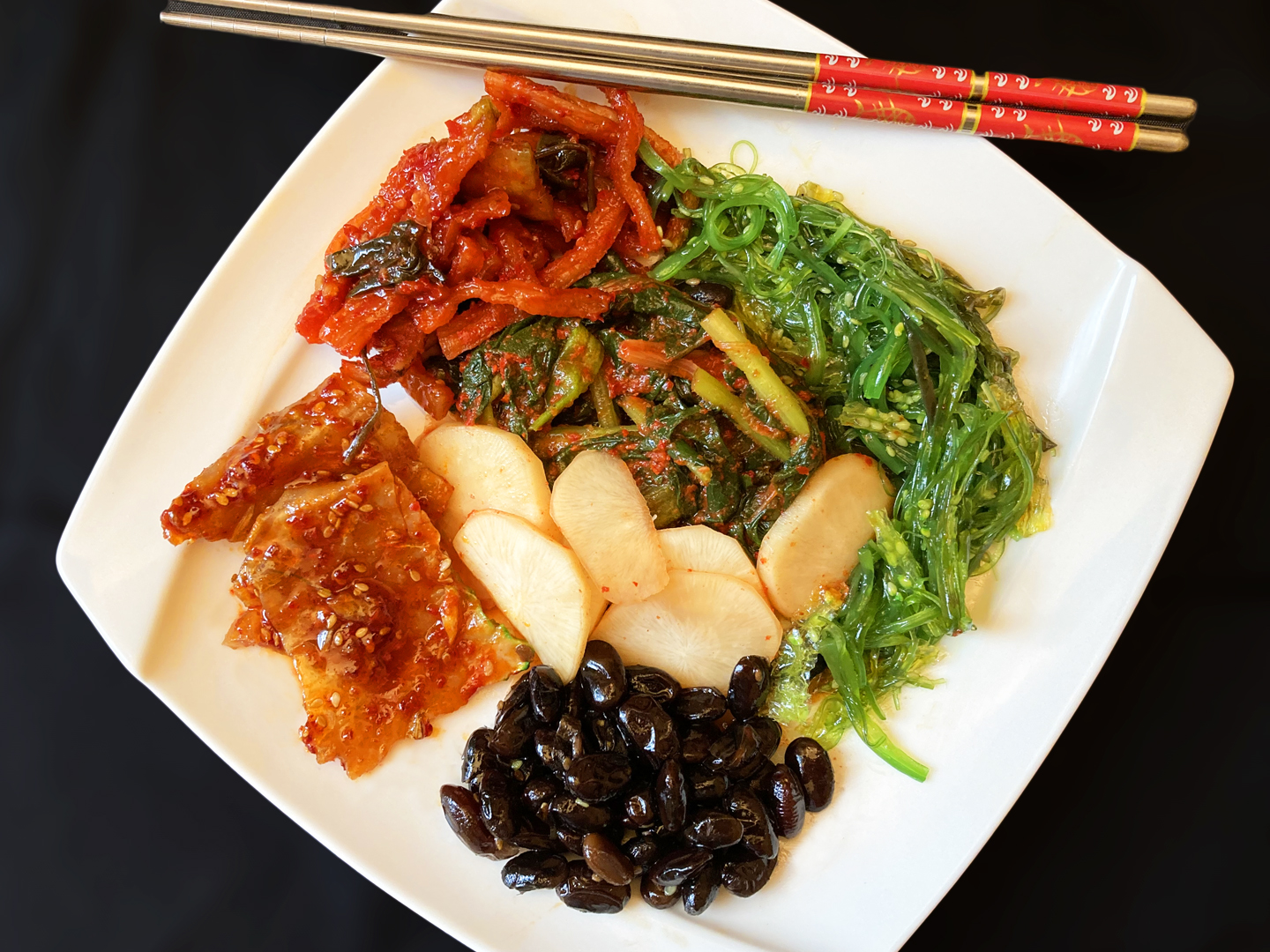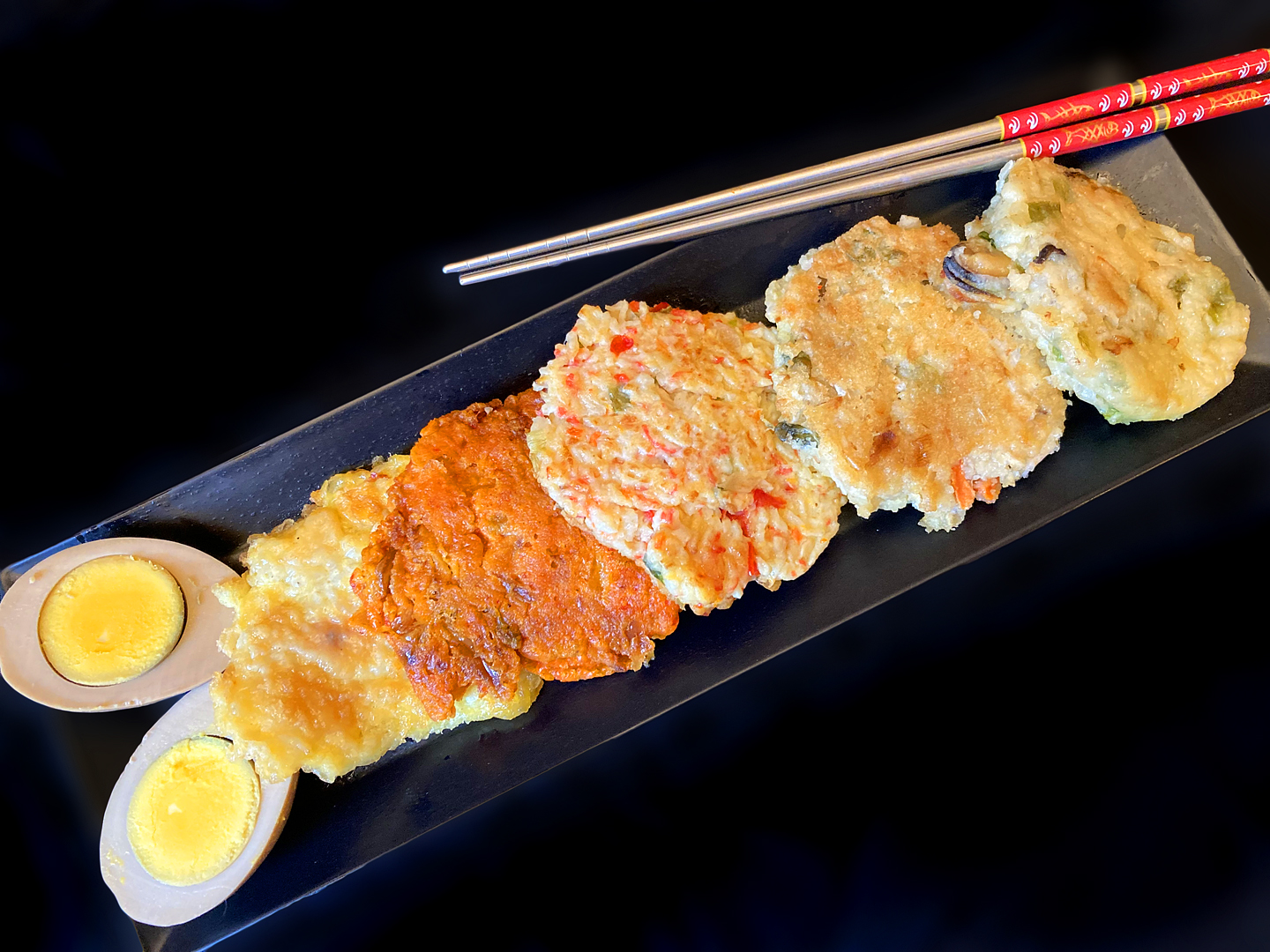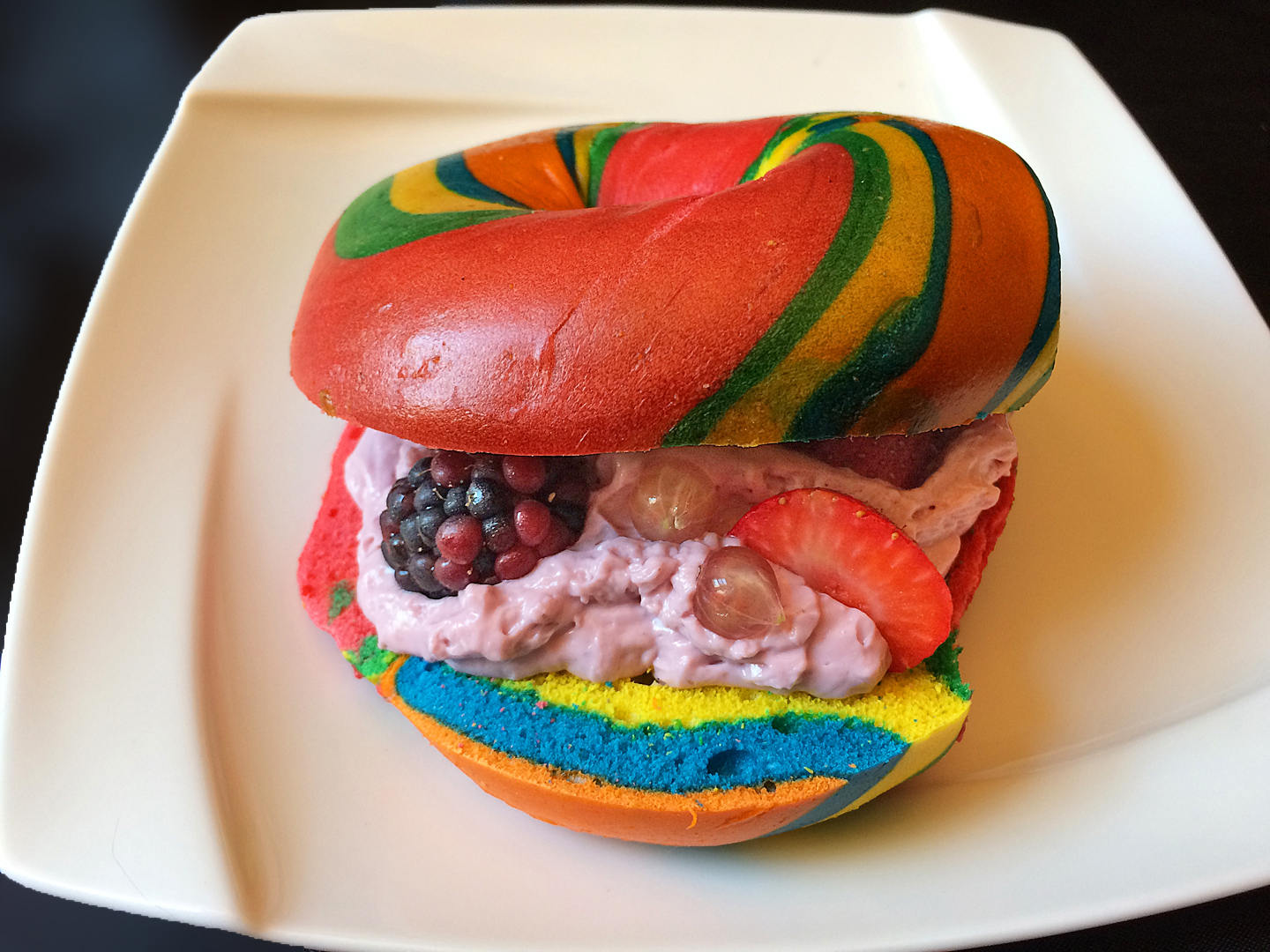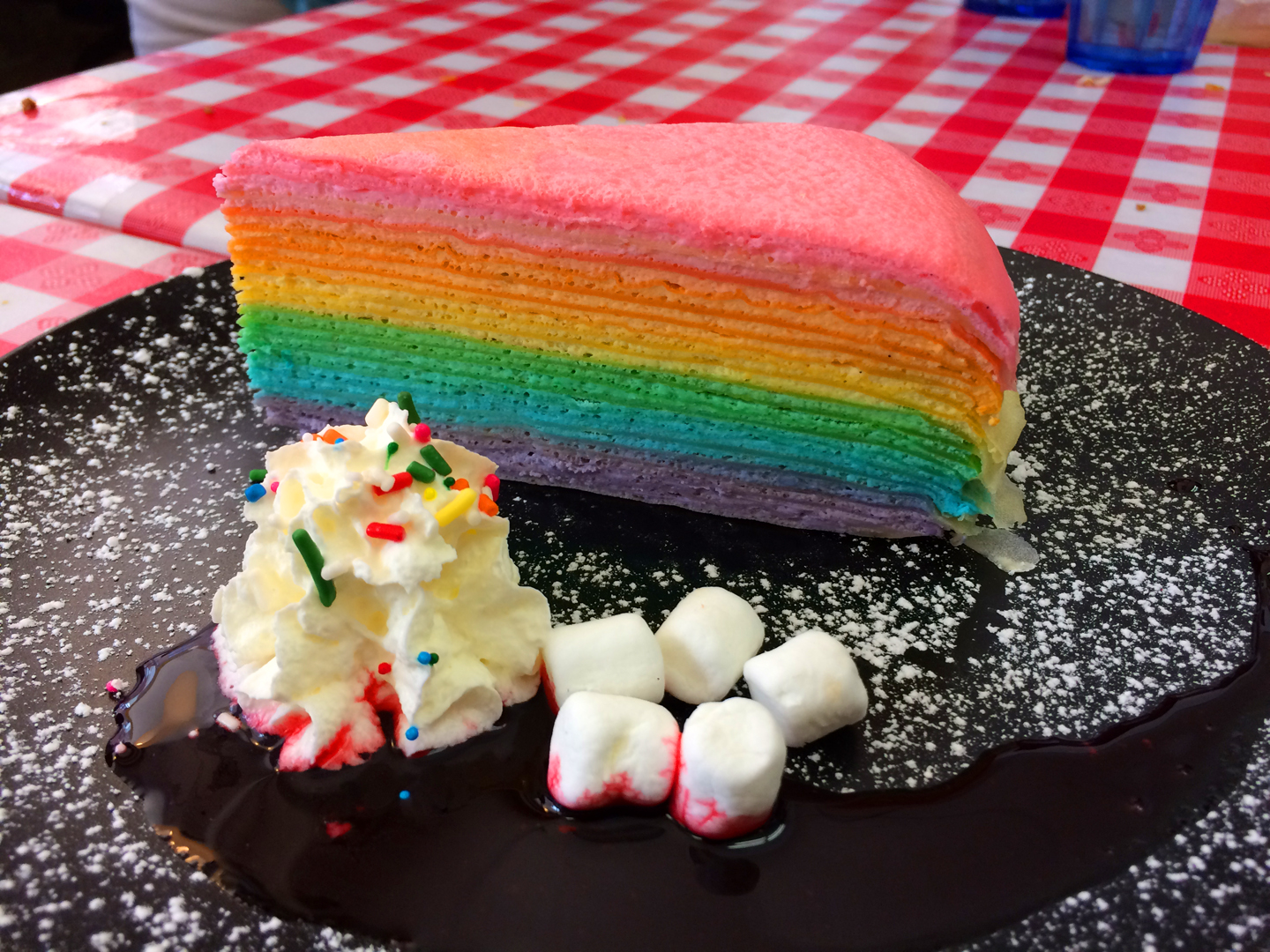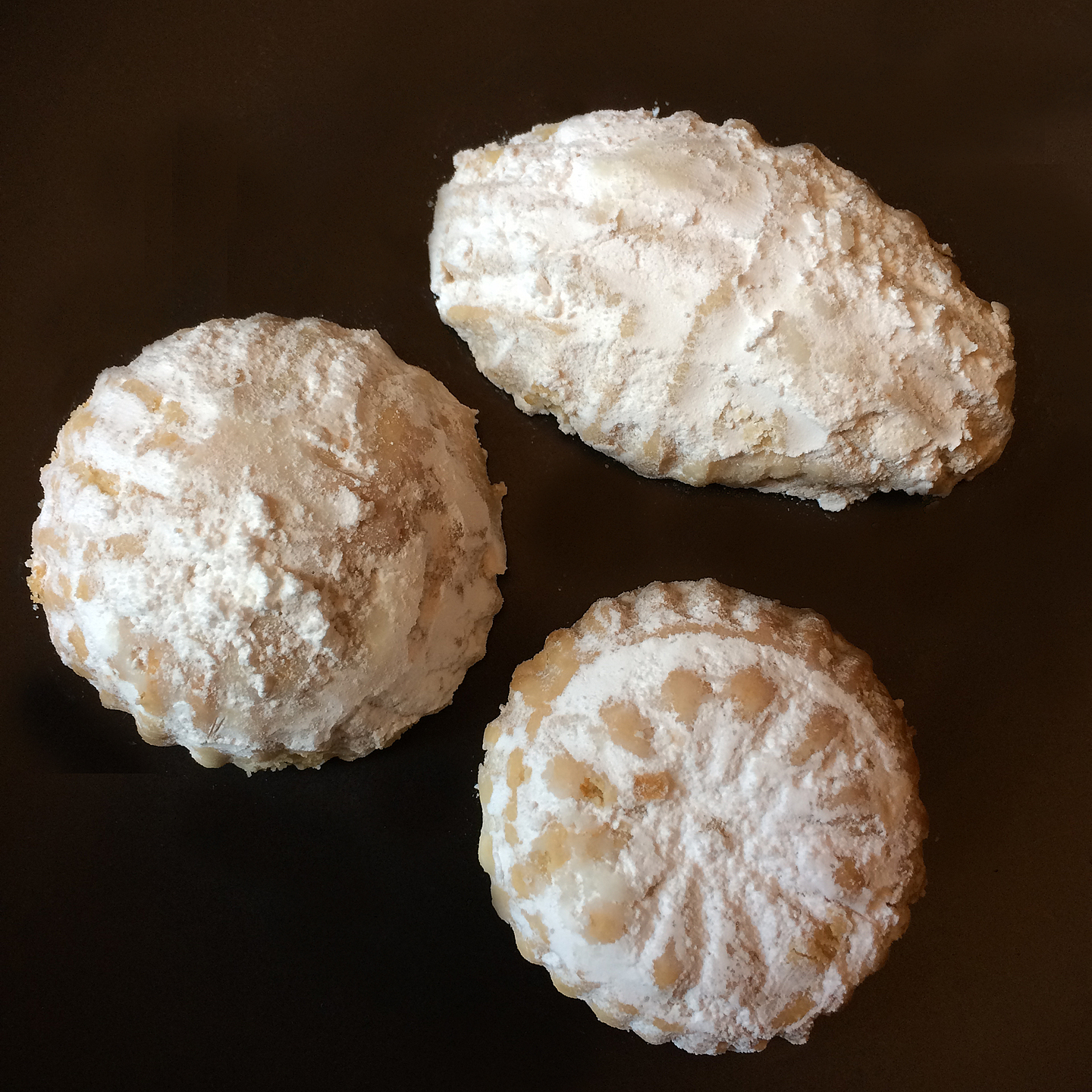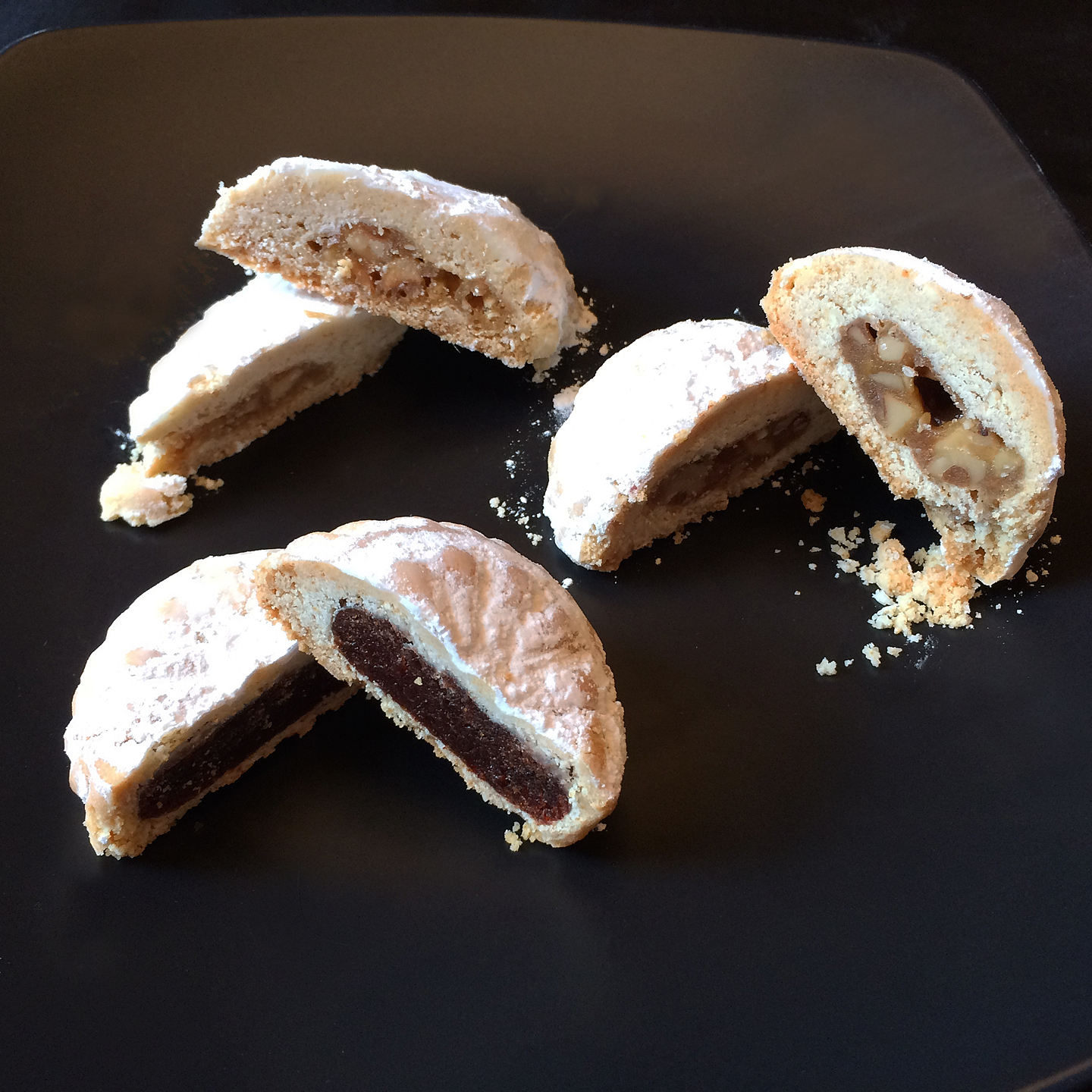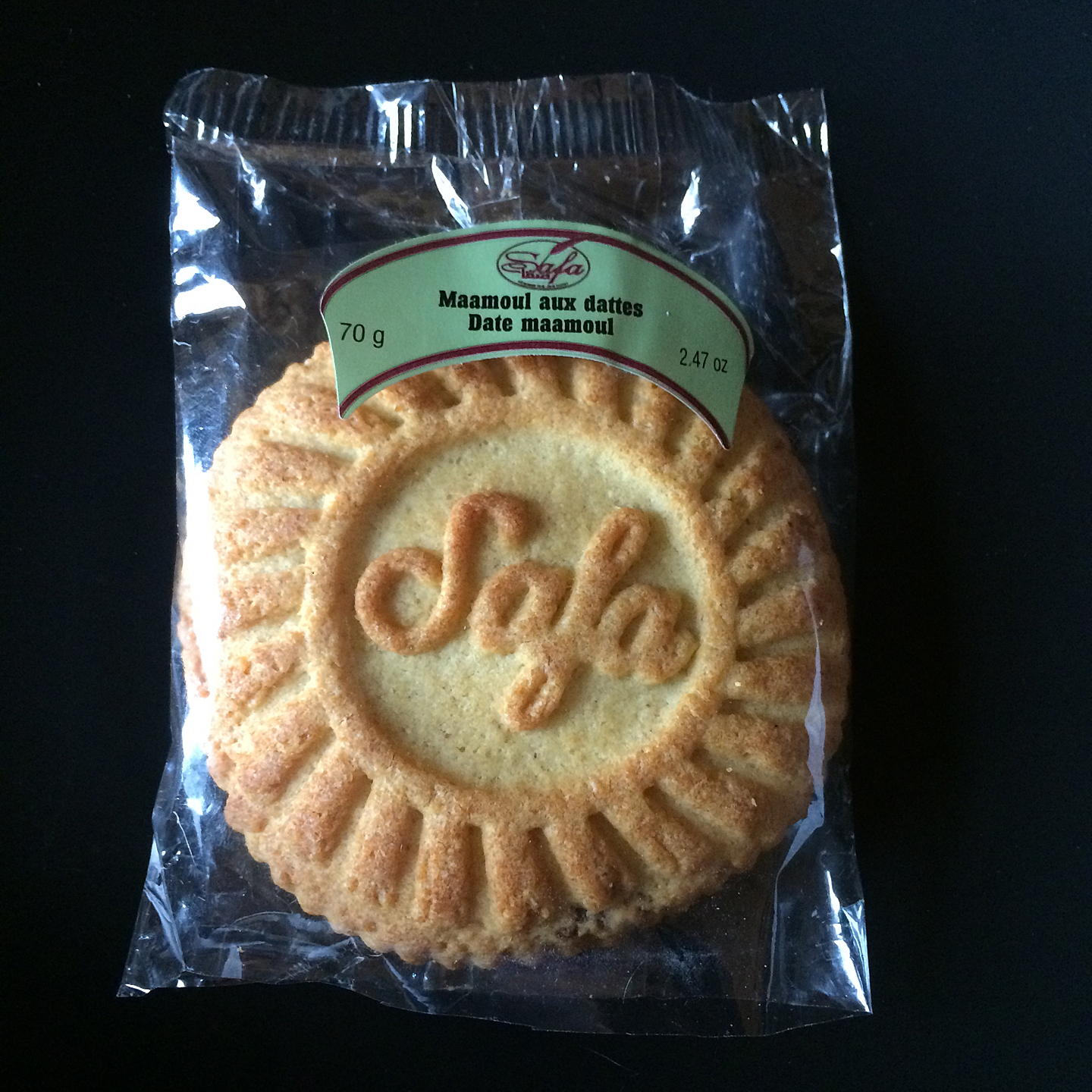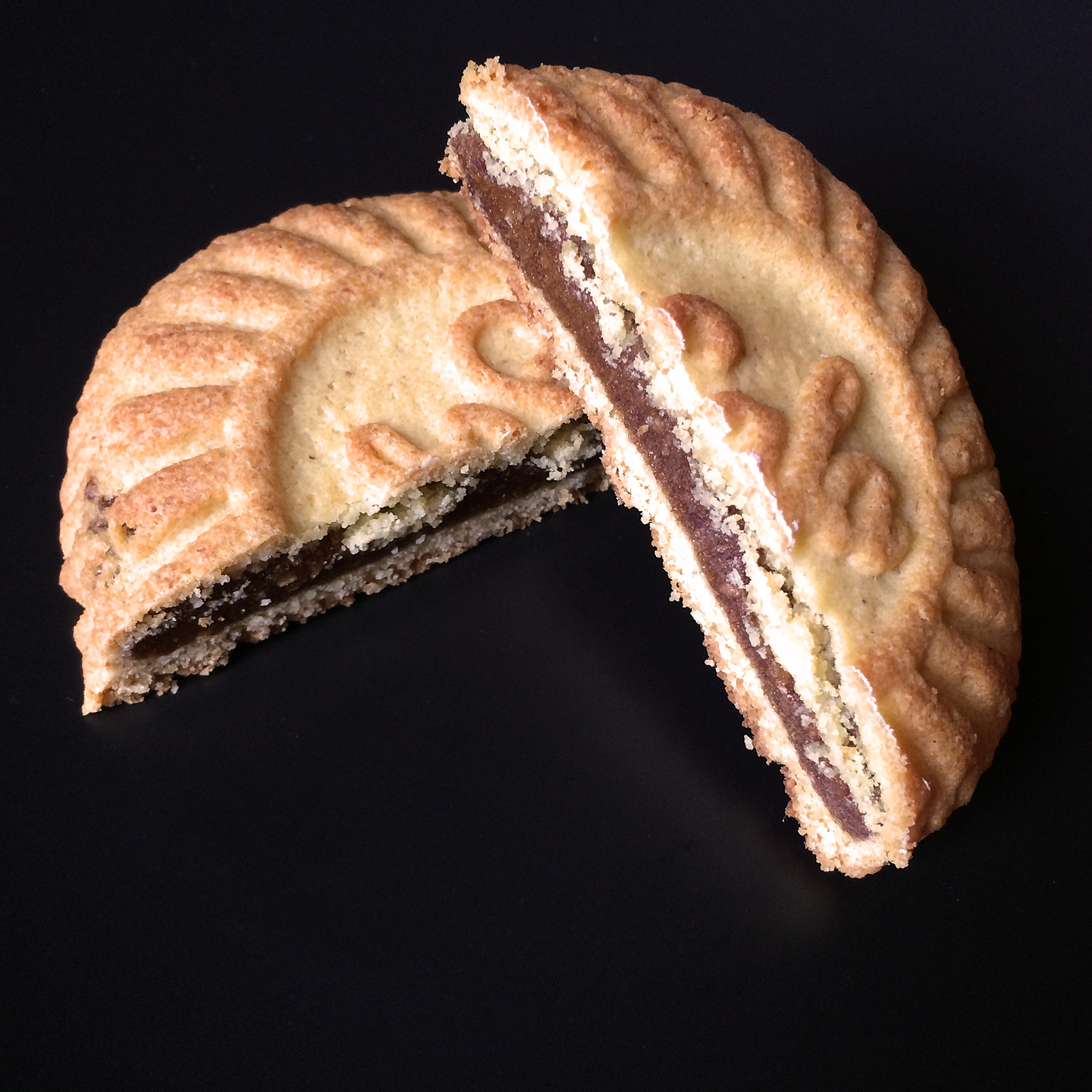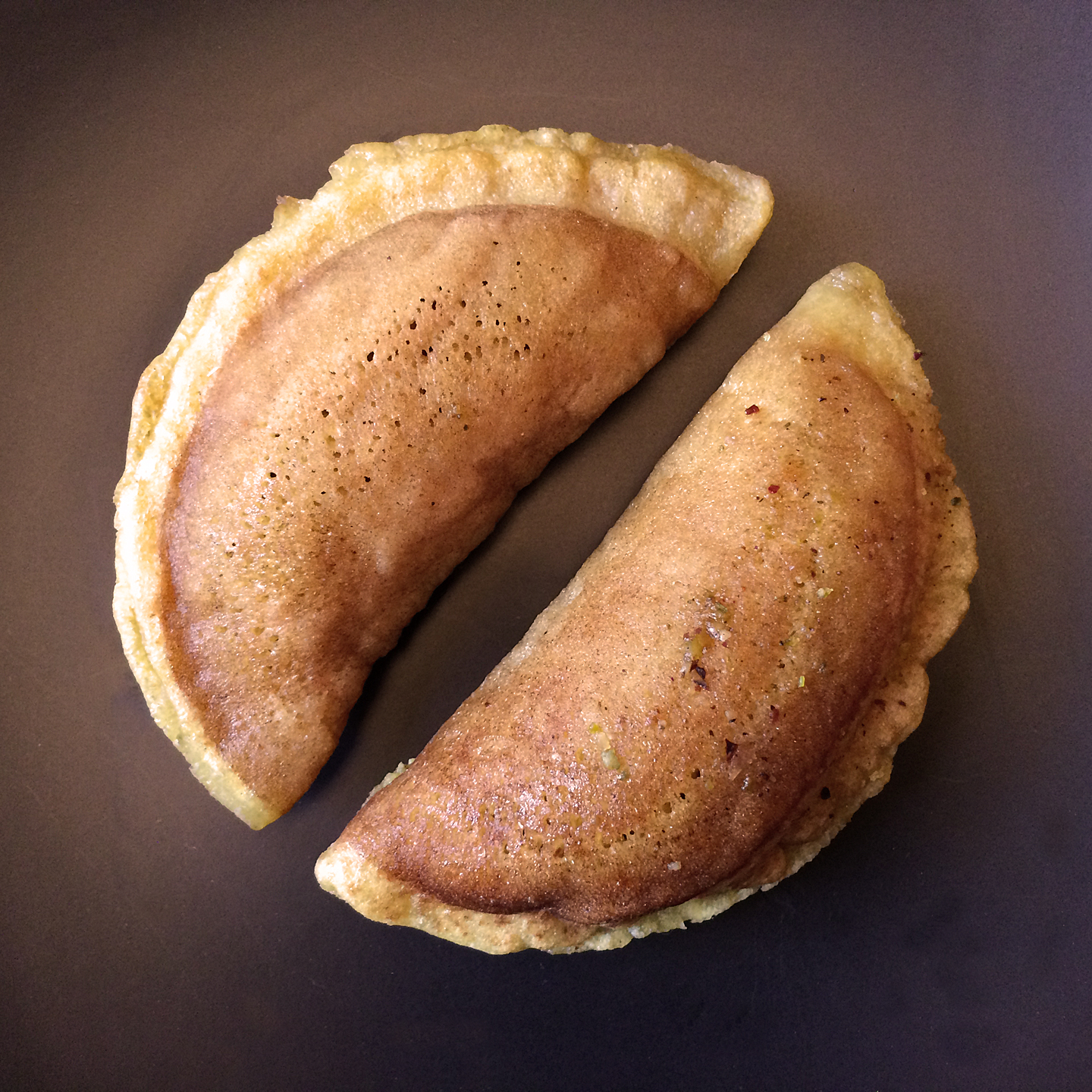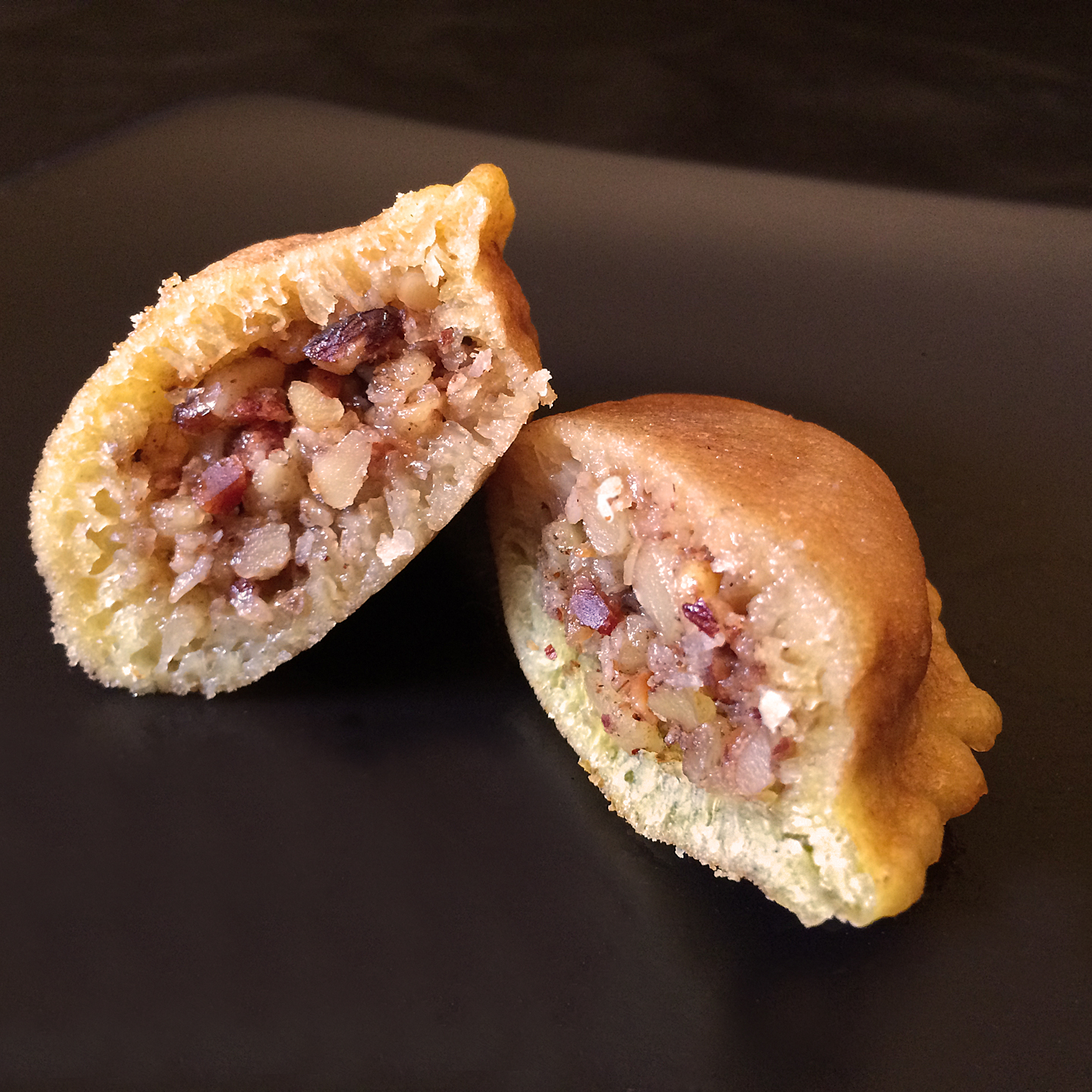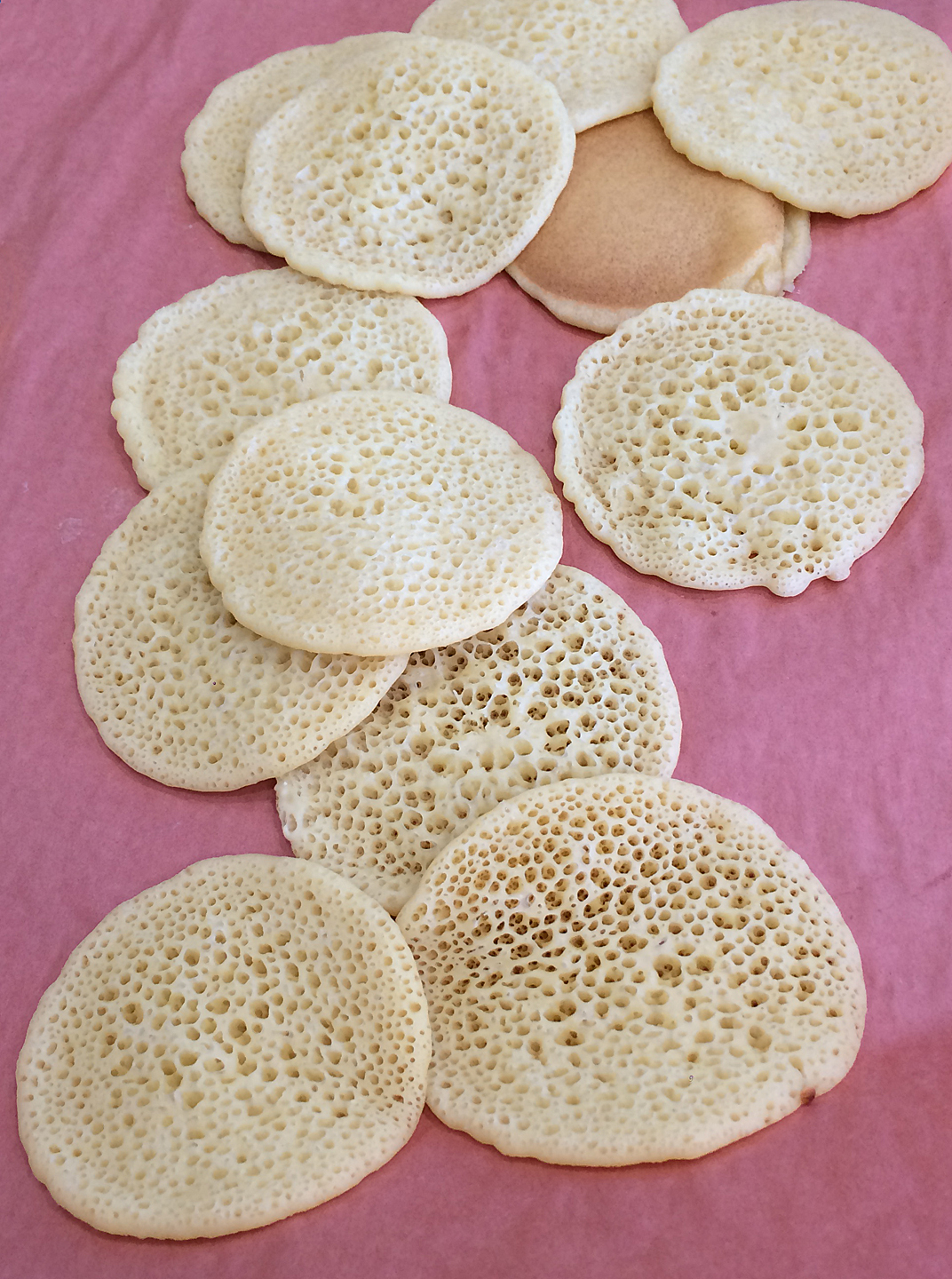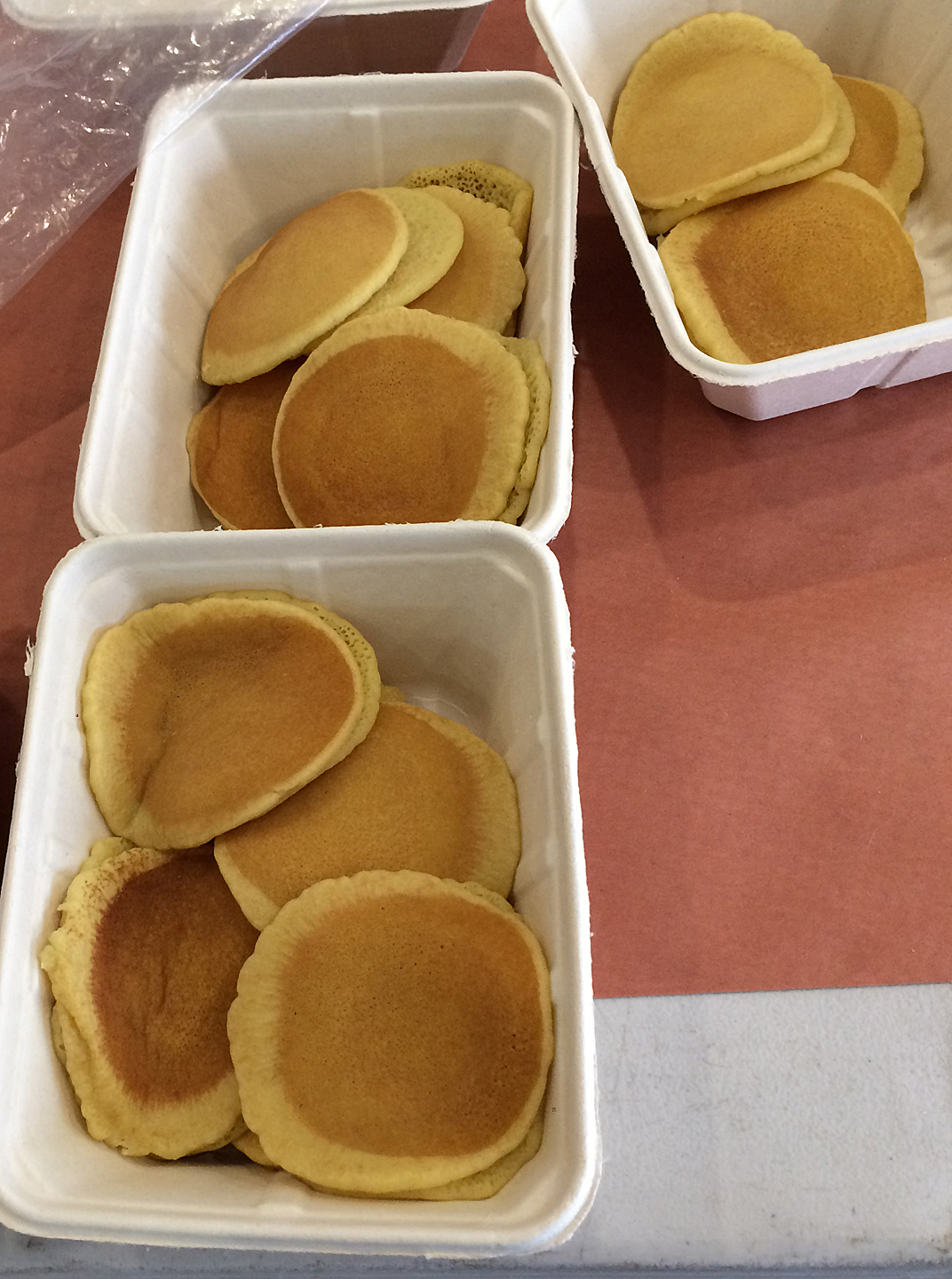I’ve created a new section on this site that highlights the cuisine of Ukraine. The prologue begins like this:

Odessa is a port city on the Black Sea in southern Ukraine. It is a popular tourist destination known for its beautiful beaches and charming 19th-century architecture.
In the latter half of the last century, many Odessites who emigrated to the US came to Brooklyn’s Brighton Beach neighborhood, now known as “Little Odessa”. I took this photograph on that beach – and tweaked the colors, just a bit.
As a kid, I studied history from a book titled World Civilization; “civilization” was defined as the advancement of the arts, science, culture and statecraft. At the time, it seemed to me that statecraft had as much to do with waging war as anything else. History was something that was about 2 inches thick and had 537 pages.
When I was in high school, I would eavesdrop on my father reliving World War II in exhaustive detail with his buddy, Jack, over highballs; they had served together in the army overseas. I still have his captain’s bars and his Purple Heart. War became a little more real, more than just something you read about; war had certainly affected my father.
In college, we would watch television nightly, transfixed as Walter Cronkite narrated terrifying scenes from the war in Vietnam; I wondered if I would be drafted. War became even more real; war was affecting me.
But now, I know someone who actually lives in Kyiv and although I am fortunate to not be an eyewitness myself, the horrors of war have never been more real for me.
Her hobby is cooking; that’s how we met – through Instagram of all things. She loves nature in its beauty ardently, the flora and the fauna. We communicate on occasion, a genuine, personal one-to-one correspondence. She is very real.
And every time I hear the reports of the latest atrocities, I worry if she is well. If she is alive.
This corner of my website is dedicated to you, Olya. You and all the brave, stalwart, resilient, heroic, beautiful people of Ukraine.
Stay safe, Olya. Stay safe.
🇺🇦 Слава Україні! Героям слава! 🇺🇦
Over the years, I have enjoyed and continue to learn more about Ukrainian cuisine; I prepare it at home, and now bring people to visit Little Odessa in Brooklyn so they can experience it firsthand.
It is a small gesture, I know, but at least I can introduce others to a part of the vibrant culture of these resolute people who are giving their lives and losing their loved ones in their quest to preserve democracy.
Here, then, are a few dishes from my Ukrainian posts, with more to come….
Click here to see the new section and the cuisine. You can always visit as it grows by selecting Stories -> Ukraine in the top navigation bar. Дякую!
